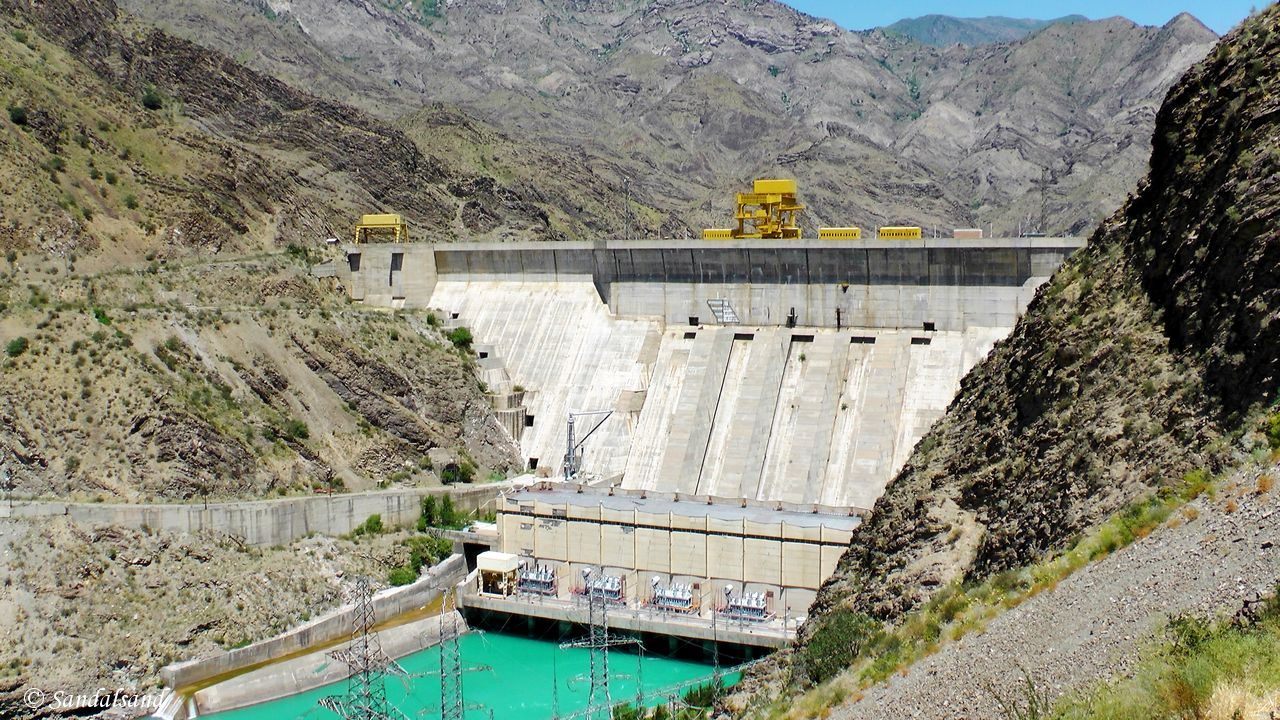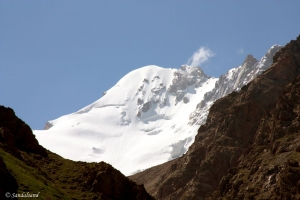This is a collection of pictures from Kyrgyzstan, the result of a trip in 2014 around the country and the capital.
If you look up my articles from Kyrgyzstan, you will also find a World Heritage Site, videos and a regular travelogue. Before you do, start with these pictures from Kyrgyzstan.
Images from Osh in the Fergana valley, the crossing of mountains and from the capital of Bishkek. A fertile but also dry country with traditional nomadic life on the countryside - and a modern capital.
56 Photos
Afterwards, find all photo galleries on Sandalsand.
Fast facts
Learn about the country on Wikipedia. Here is an excerpt:
Kyrgyzstan is a mountainous landlocked country in Central Asia. Kyrgyzstan borders Kazakhstan to the north, Uzbekistan to the west, Tajikistan to the south, and China to the east. Its capital and largest city is Bishkek. Ethnic Kyrgyz make up the majority of the country’s six million people, followed by significant minorities of Uzbeks and Russians. The Kyrgyz language is closely related to other Turkic languages, although Russian remains spoken and is a co-official language. Ninety percent of Kyrgyzstan’s population are Muslim, with the majority of its population following Sunni Islam. In addition to its Turkic origins, Kyrgyz culture bears elements of nomadic Mongolian tradition and Russian influence.
Kyrgyzstan’s history spans a variety of cultures and empires. Although geographically isolated by its highly mountainous terrain, Kyrgyzstan has been at the crossroads of several great civilizations as part of the Silk Road along with other commercial routes. Inhabited by a succession of tribes and clans, Kyrgyzstan has periodically fallen under larger domination. Turkic nomads, who trace their ancestry to many Turkic states such as the First and Second Turkic Khaganates, have inhabited the country throughout its history.
In the 13th century, Mongols conquered Kyrgyzstan. It regained independence, but was later invaded by Dzungar Khanate. After the fall of Dzhungars, Kyrgyz and Kipchaks were integral part of Kokand Khanate. In 1876, Kyrgyzstan became part of the Russian Empire, and in 1936, the Kirghiz Soviet Socialist Republic became a constituent republic of the Soviet Union. Following Mikhail Gorbachev’s democratic reforms in the USSR, in 1990 pro-independence candidate Askar Akayev became president.
Recent years
On 31 August 1991, Kyrgyzstan declared independence from Moscow and established a democratic government. Kyrgyzstan attained sovereignty as a nation state after the breakup of the Soviet Union in 1991. Throughout its existence, the country has continued to endure ethnic conflicts, revolts, economic troubles, transitional governments and political conflict.
Kyrgyzstan is a developing country and ranked 120th in the Human Development Index. The country’s transition economy is heavily dependent on deposits of gold, coal and uranium.


